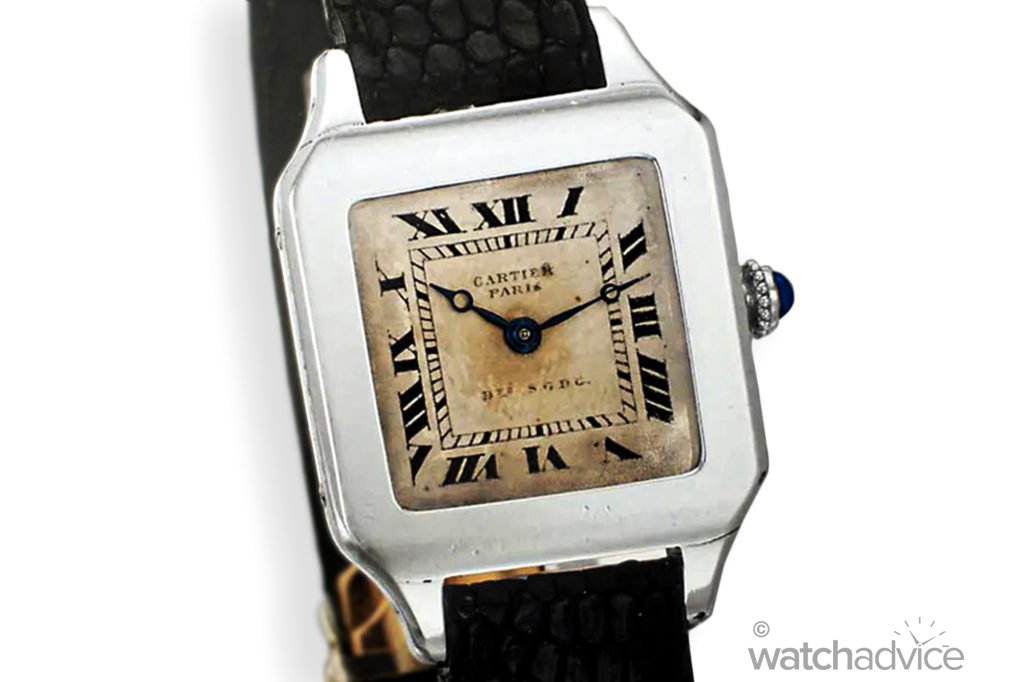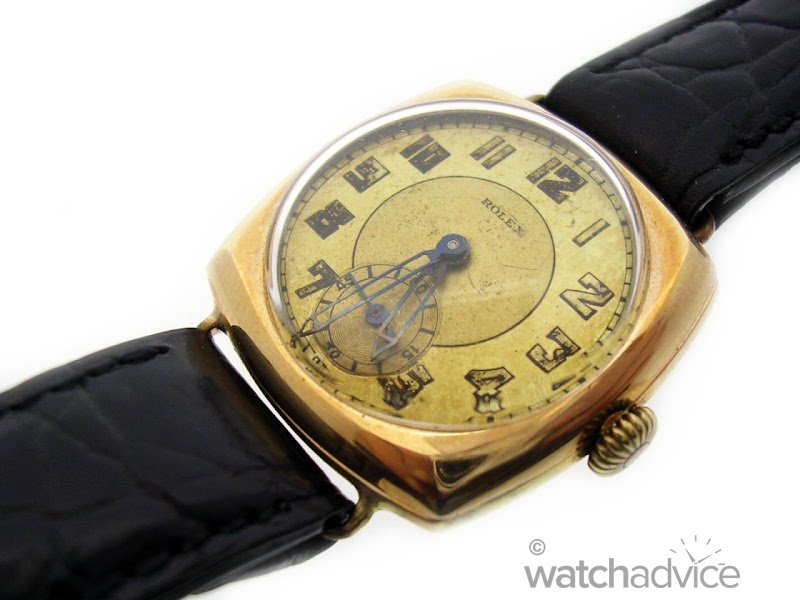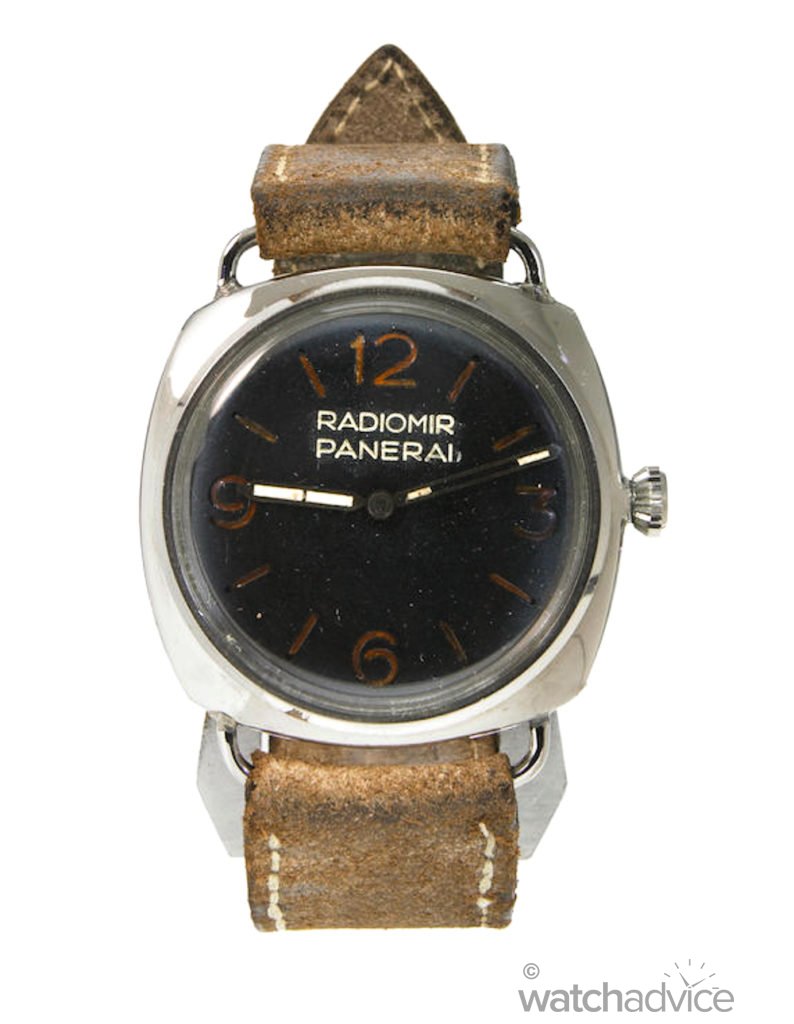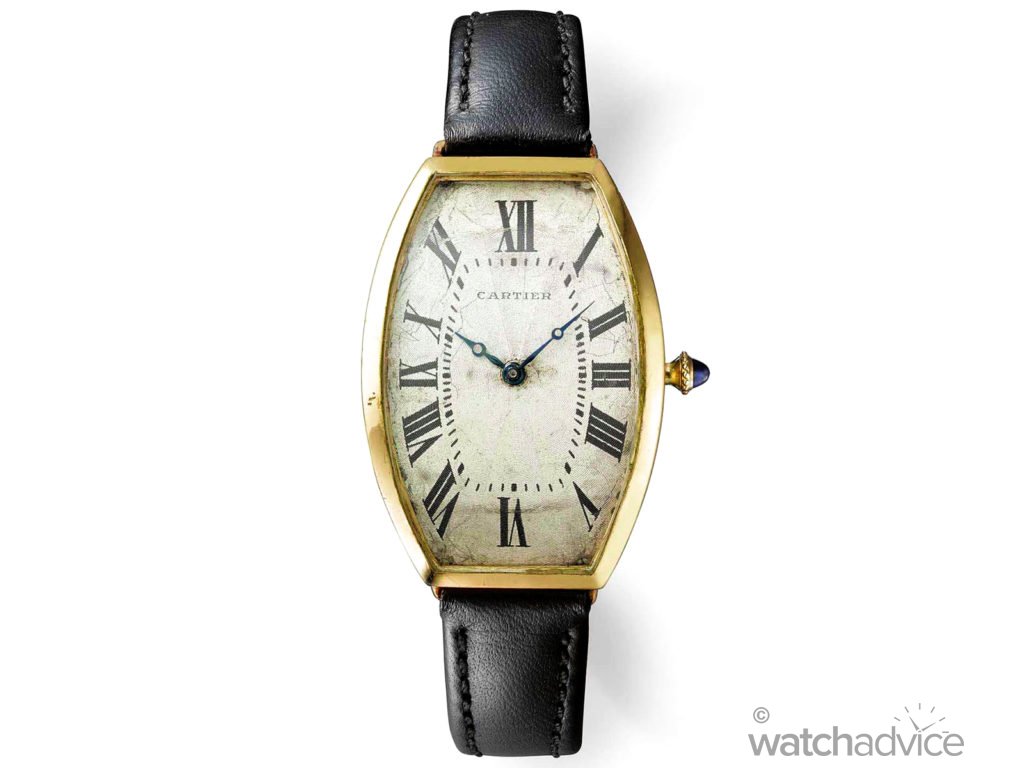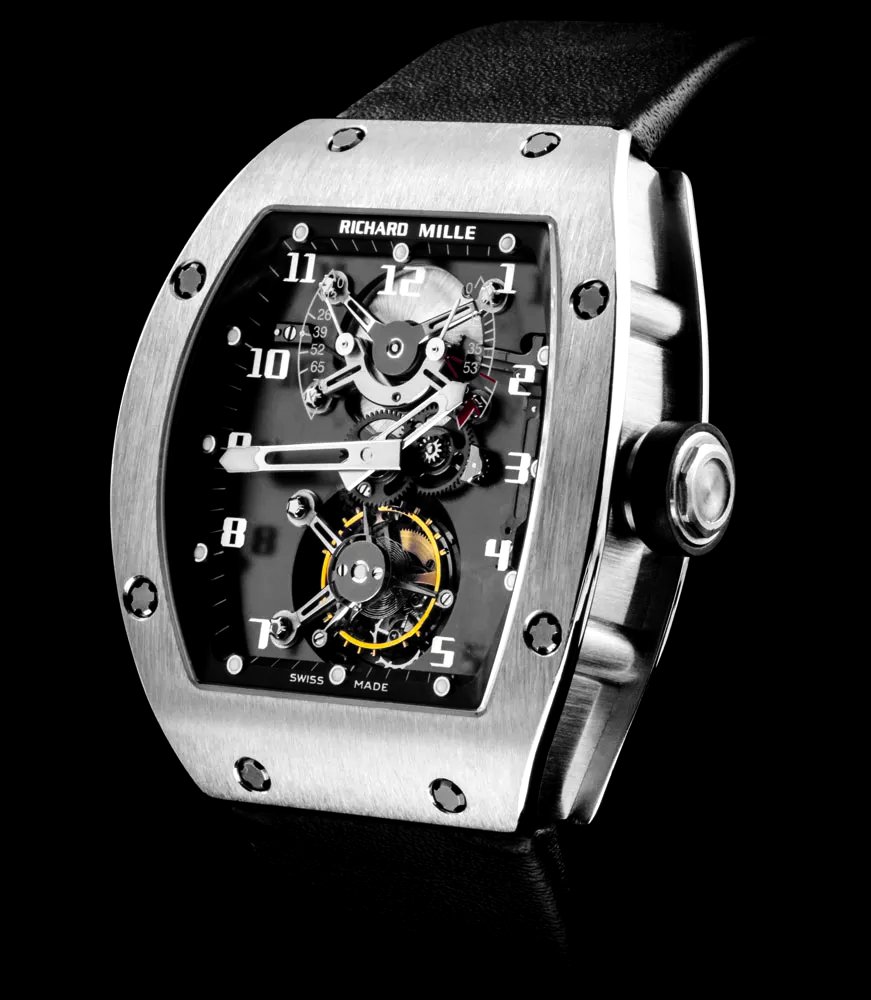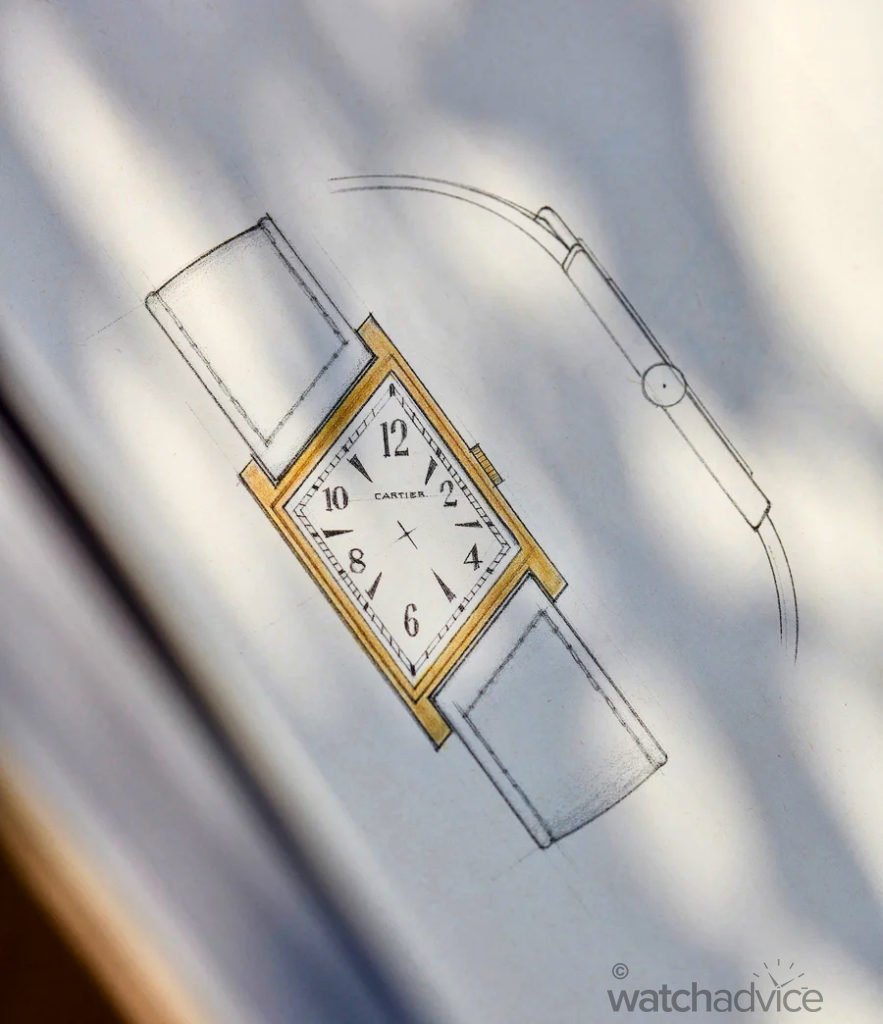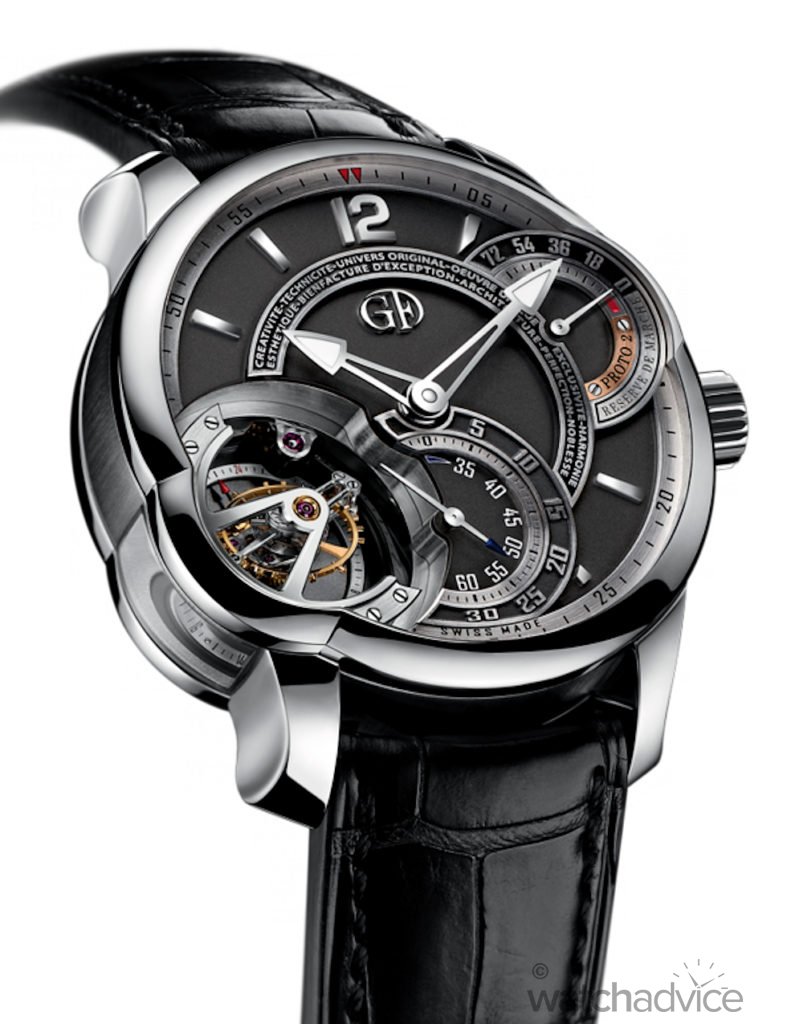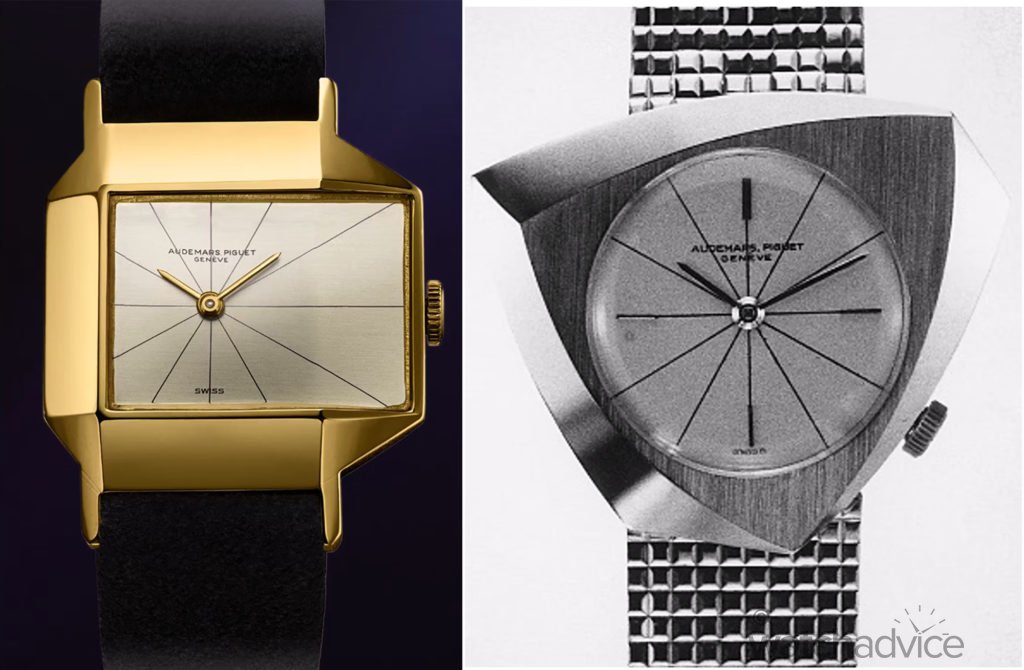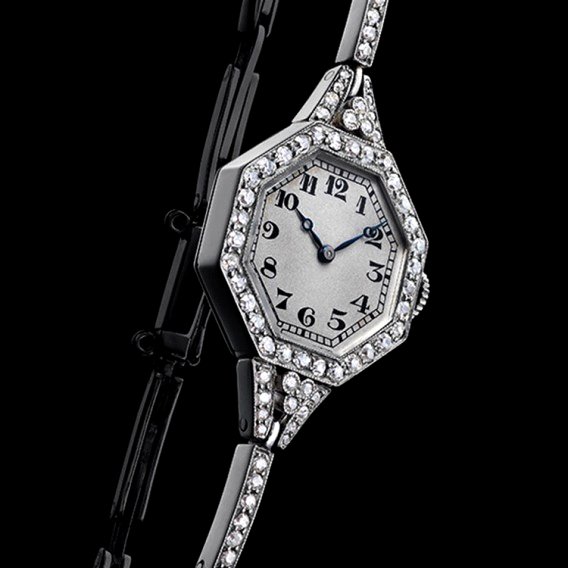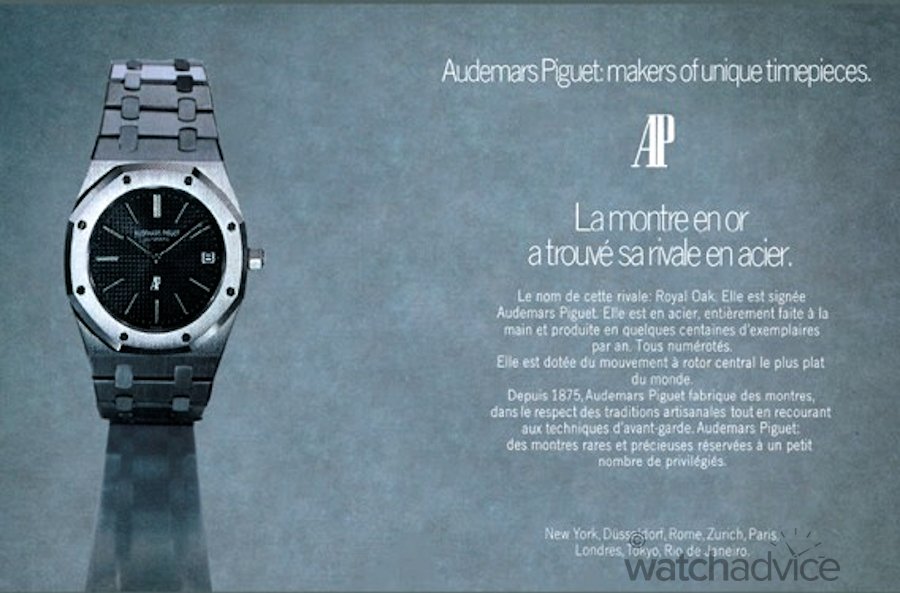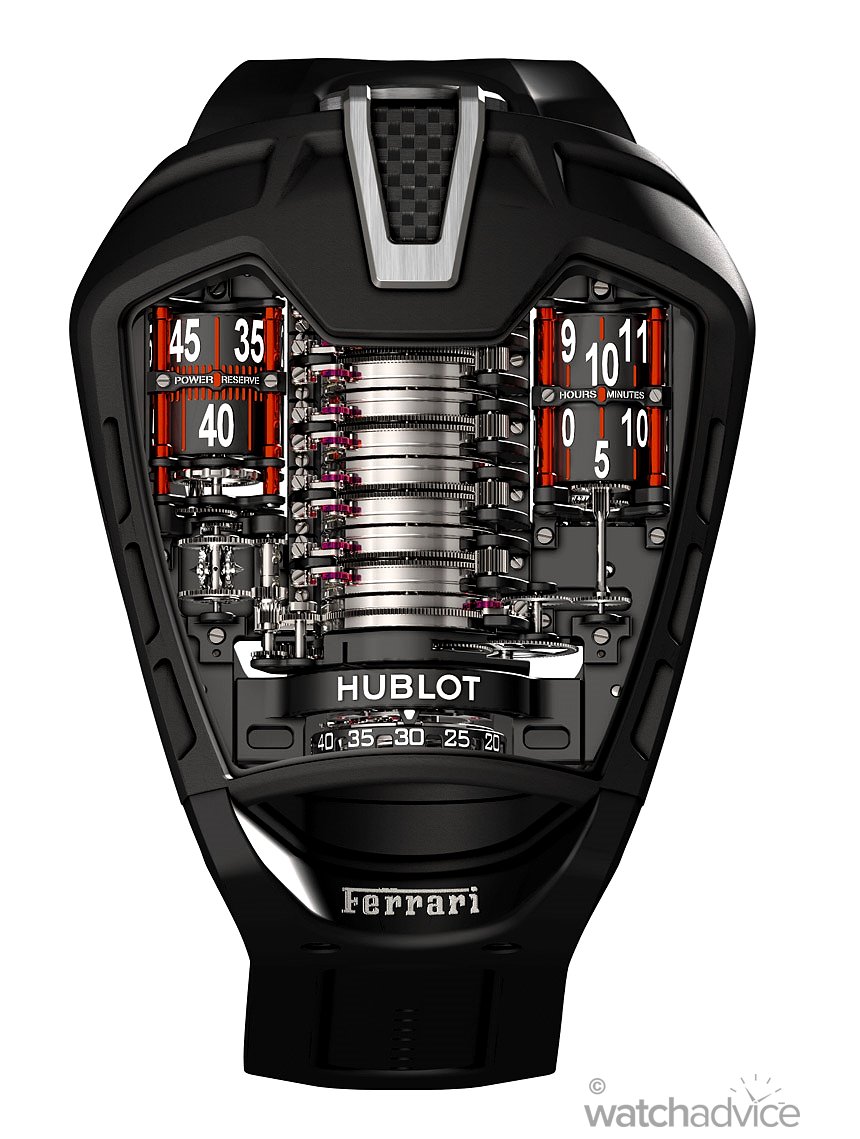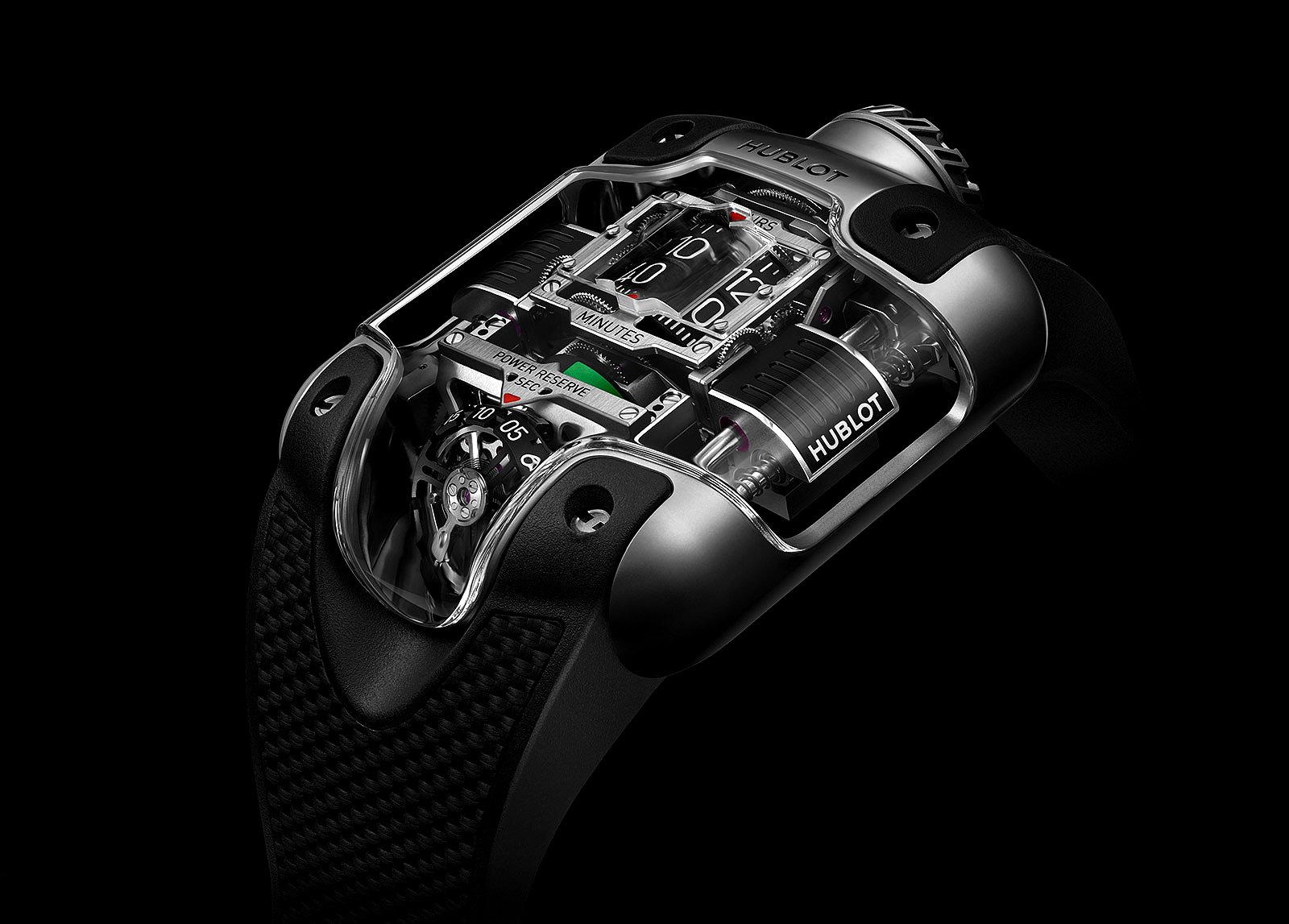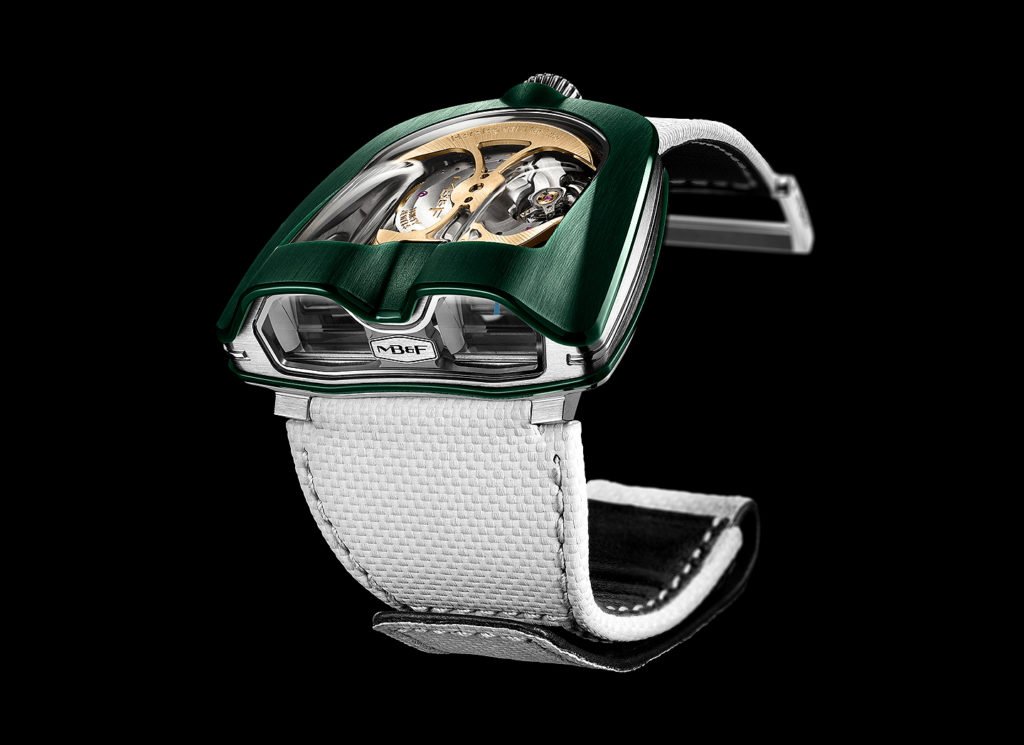In our previous Watch Education Article, we examined the first part of watch case designs that have shaped timepiece history. Now, in part two of this series, we’ll examine the remaining case designs that brands are still using for modern-day aesthetics.
In the first part of our look into the history of watch cases, we looked at the designs that first started the world of horology and influential designs that have remained unchanged to this day. We saw that, contrary to popular belief, the first case shape wasn’t circular or square in design but rather an oval, created for the Queen of Naples in 1810.
The first men’s watch, introduced in 1904, was the Cartier tank with its square design. It is one of Cartier’s most prolific timepieces, and almost 120 years later, the watch is still in existence. We also learned that the round (circular) case, which makes up the majority of the case shape design in modern-day watchmaking, was released a short time after the Cartier Tank in 1910 by Rolex. If you want to learn more about this history, click here to read part one of our Watch Case Shapes And Their History!
In part two of Watch Case Shapes and Their History, we will look at the more nontraditional designs, with some of the most prestigious luxury watchmakers making these designs a staple of their collections. From the iconic Tonneau and octagonal shapes to the more avant-garde designs, we will see that some watch brands weren’t afraid to experiment with these shapes, especially in the early days of watch horology.
Cushion Shape
The cushion-shaped watch is exactly what you would imagine it to be. It’s a cross between the square and circle-shaped cases, or a couch cushion, just without the sharp edges! The cushion-shaped case is a signature design of Panerai. The Italian watchmaker has made this a signature design in their collection of timepieces and has made considerable contributions to the advancement of this design.
While we may immediately think of Panerai when it comes to this watch case design, they, however, weren’t the first brand to incorporate this case shape into their watches. It was actually Rolex, back in 1920, when the brand invented the cushion-shaped Oyster case. The case was designed with the specific intention of providing better water resistance and protecting movement from moisture and dust.
Panerai then liaised with Rolex during the 1930s, as they wanted to design a collection of timepieces for the Italian Navy. The end product was watches that had cushion-shaped cases that had good water resistance, while the dial had great readability, especially in low-light conditions. Panerai then continued on with the development of these cushion-shaped cases, which have now become a signature design for the brand.
Tonneau Shape
Another nontraditional watch case that has become an iconic design in the world of horology is the Tonneau shape. Louis Cartier first created the Tonneau-shaped cases. In 1904, Cartier created the first men’s watch with the square-shaped Santos Dumont (see here). Two years later, he created the Tonneau shape.
The Tonneau shape gets its name from the French for “barrel.” It is an elongated lozenge-type shape with horizontal flat edges at the top and bottom, almost like a stretched-out cushion shape. The design of the case meant that the dial was a bit unbalanced compared to the standard square or circular designs. as the display was getting “pulled” from either end.
Shortly after Louis Cartier released the Tonneau design, Vacheron Constantin and Patek Philippe introduced their own versions of the case design, which quickly became a statement piece for bold fashionistas and trend-setters. While these brands were early in the design of the Tonneau shape, it was Richard Millie who made the design their own. While many brands use this case design in their collections, in modern-day watchmaking, Richard Mille is the first brand to come to mind when it comes to the Tonneau shape.
Richard Mille has a much shorter history than most luxury watch brands, with only a 23-year history to date. In 2001, the first Richard Mille timepiece was introduced, the RM 001 tourbillon. In an initial series of 17 timepieces, the RM 001 featured a Tonneau-shaped case with a skeletonised dial. From this point forward, the brand really made the Tonneau shaped their own, with 80% of the current collection of timepieces featuring this case design!
Asymmetrical Shape
Symmetrical cases, such as circular, rectangular, and square, offer a balanced view and are hence seen as more aesthetically pleasing. Some brands, however, have stepped away from this norm to create asymmetrical timepieces, where the case shape, as the name suggests, doesn’t match in size or arrangement.
The asymmetrical watch movement started in the 1930s with the first design released by Louis Cartier. The Asymétrique, released in 1936, was an oblique version of Louis’s iconic Tank watch. The watch, with its asymmetric case, also had a rotated dial of 30 degrees clockwise, so that the dial could be easily read while driving (without the need to turn/move the wrist).
Audemars Piguet would also join in on the fun shortly after, with the brand creating some unique asymmetrical watch case shapes. There are certainly other brands that created their own versions of asymmetrical watch cases, such as Patek Phillipe, Rolex, Vacheron Constantin, etc. In modern-day watchmaking, Greubel Forsey, for example, created an asymmetrical timepiece to suit the movement better, as it featured too many complications to fit into a circular watch case!
The luxury Swiss powerhouse that is Audemars Piguet would create a lot of complicated timepieces before 1951, with the two above being prime examples of the brand’s experimentation with asymmetrical shapes. Audemars Piguet, leading up to the 60s, produced somewhere along the lines of 30 different asymmetrical watch case designs, all being unique timepieces!
Octagonal Shape
Octagonal-shaped timepieces are special in the world of horology because they have existed since the time of pocket watches. Besides the common circular and square-shaped cases, octagonal-shaped cases have risen in popularity due to their aesthetics, which have a unique appeal and can be very pleasing to the eye. It gives an avant-garde yet sporty appearance to what can otherwise be an elegant and luxurious timepiece.
Audemars Piguet was the first to develop the octagonal-shaped wristwatch. In 1917, the brand released a diamond-set bracelet watch with an octagonal shape. The brand, in 1972, would later create one of the most iconic timepieces of all time: the Royal Oak. The Royal Oak was considered the “first high-end sports watch in stainless steel. The Royal Oak, designed by Gerald Genta, broke the mould with its signature 8-sided bezel and case design, along with the alluring tapisserie dial.
Seeing the immense success of the Audemars Piguet Royal Oak, many other brands hopped on the octagonal case-shaped design. Some iconic timepieces with this case design are the Cartier Santos Octagon (1990), Bulgari Octo Finissimo (2014), Girard-Perregaux Laureato (2016), Casio G-Shock GA2100 (2019) and the Ferdinand Berthoud Chronomètre FB 1.3 (2019).
Avante Garde
The name Avant-Garde derives from the French term “advanced guard” or “vanguard,” which refers to an experimental work of art that is perceived as aesthetically innovative. This perfectly describes watches that explore possibilities outside the realm of traditional watch design. Let’s make this clear: Avant-garde watch designs aren’t created to please everybody. The designs of some of these timepieces are truly unique and aren’t catered for the mass market, hence the name Avante-Garde.
Brands create avant-garde timepieces to sometimes showcase what they are capable of developing and innovating. If feasible, some of the innovations from these Avant-Garde timepieces can then be adopted into the brand’s mass-produced timepieces. Many of the Avant-Garde timepieces are produced as limited editions or limited production timepieces due to the cost and resources required to produce a single timepiece.
When it comes specifically to Avant-Garde case design, brands like Hublot, De Bethune, MB&F, and Urwerk are some of the leaders in developing innovative shapes. Hublot’s Master Piece (MP) collection is a tribute to Avant-Garde design, both mechanically and aesthetically. Then we have the likes of MB&F, whose sole purpose seems to be to create the most daring timepieces possible in the world of horology (click here to see their whole collection of insane machines). And honestly, we are here for it. We need brands like the above-mentioned to push the boundaries of what is possible because with each new invention, innovation, and aesthetic tweak comes the advancements of material usage, movement upgrades and new designs that can be implemented into the more traditional and standard designs.


